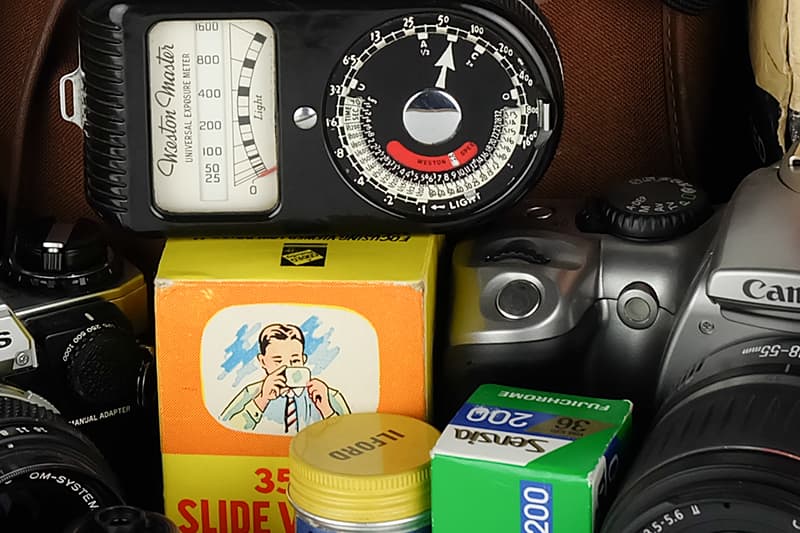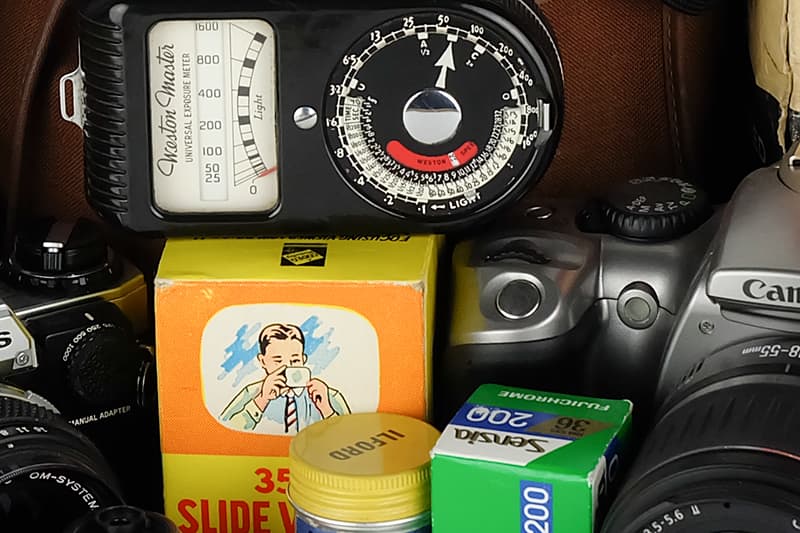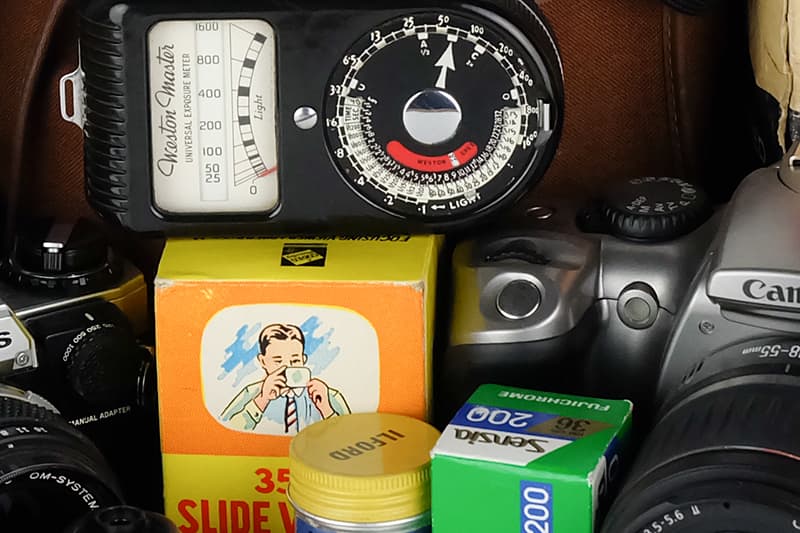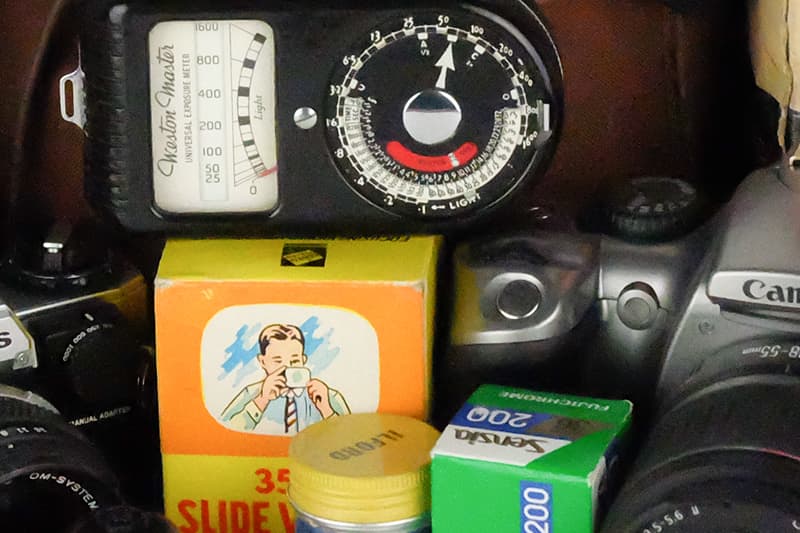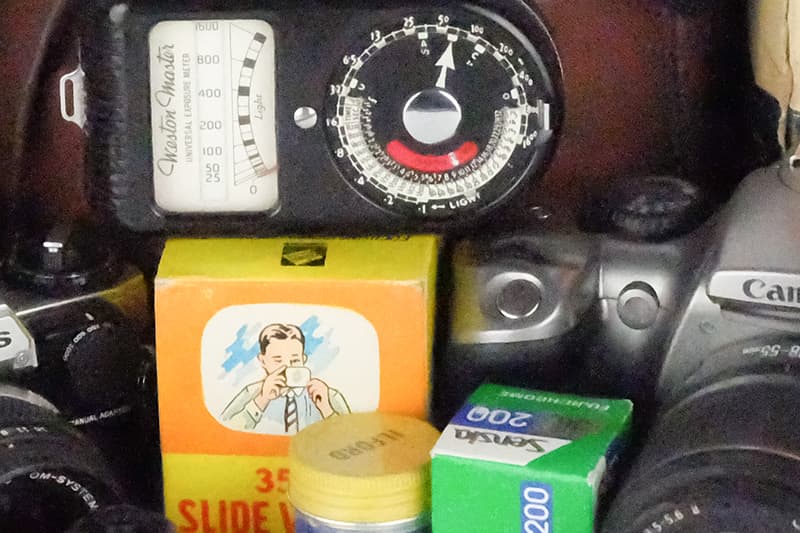Fujifilm X-A2 Review – Introduction
The popularity of smartphones and their ability to take ‘selfies’ with their front-facing cameras has seen a noticeable change to the design of new camera models entering the entry-level market. Many of those making the step up from a smartphone to a more sophisticated entry-level camera demand that their next camera is capable of everything that their smartphone can do, whilst offering better image quality, more manual control, and in the case of CSCs and DSLRs, the opportunity to interchange lenses.
One such way camera manufacturers have ensured that their products meet the needs of today’s entry-level user is to incorporate wireless connectivity, but more recently we’ve seen manufacturers introduce articulated screens at the rear of their products to make them more selfie-friendly.
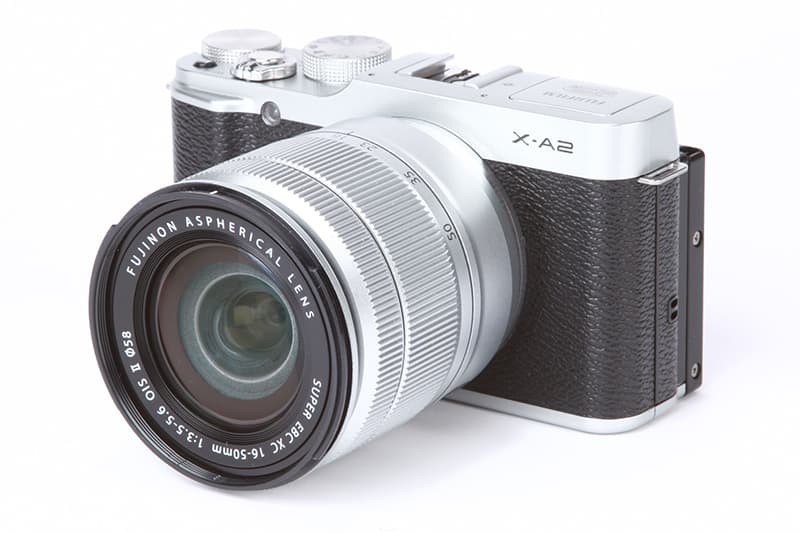
The recent release of the X-A2 into Fujifilm’s X-series CSC line up is a perfect example and though it’s closely related to its predecessor in terms of its overall specification, it sports the type of upgrades that are needed to make it appeal to today’s photographer looking for a more serious camera and also those on the lookout for a smaller model to compliment their DSLR.
Intrigued to find out just how well Fujifilm’s entry-level CSC performs and how it fares against the more expensive X-series models in the range, we’ll begin by taking a closer look at what’s new and what’s changed.
Fujifilm X-A2 Review – Features
Before delving too deeply into the features, it should be noted that the X-A2 shares many similarities with its two-year old predecessor. Most significant of these is its 16.3-million-pixel APS-C size CMOS imaging sensor that’s the same chip adopted from the X-A1 and is the standard RGBG Bayer filter sensor variety as opposed to the proprietary X-Trans sensor as typically found in models higher up in Fujifilm’s range. A likely reason for using the Bayer colour filter array, although not confirmed by Fujifilm, is to ensure the camera hits the market at competitive yet affordable price.
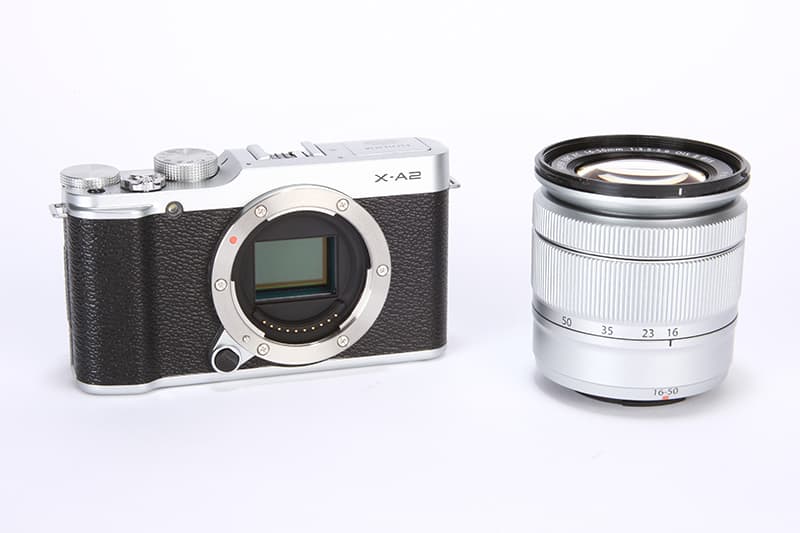
Getting back to the sensor in question, it’s partnered alongside Fujifilm’s EXR processor II that’s also retained from the X-A1. This combination of sensor and processor gives the new camera the same native ISO range of 200-6400 and though we’re given the option to expand the sensitivity between 100-25,600, the X-A2 is only able to record Raw files between ISO 200-6400, with the expanded settings only being available to use when the image quality is set to JPEG.
While on paper the X-A2’s contrast-detect autofocus system appears to be the same, there are a few changes to the X-A2’s autofocus functions. The new Auto Macro function is designed to detect when you’re shooting close ups and automatically switches the camera to its macro mode to save you having to do this manually. Flipping the newly designed 3in, 920,000-dot tilt-type screen at the rear (not the touchscreen type) into its selfie position also engages the X-A2’s new Multi-Target AF and Eye Auto Focus functions that not only outline the subject’s face in a face-detection box, but also indicates the location of the eye on which the camera aims to focus.
As we’ve seen on other recent Fujifilm releases, the X-A2 also adds Classic Chrome to its film simulation function to bring the total number of film simulation modes up to six. Other noteworthy improvements to the camera include an improvement in battery life (up from 350 frames on a single charge to 450 frames) and the introduction of a new kit lens. Pairing nicely with the X-A2, the XC 16-50mm f/3.5-5.6 OIS II remains relatively unchanged from the previous design, offering optical stabilisation that’s corrective to 3.5EV, whilst being able to focus within 15cm of a subject is an improvement on the previous kit lens’s 30cm minimum focus distance. This of course ties in rather well with the camera’s new Auto Macro function as previously mentioned above.
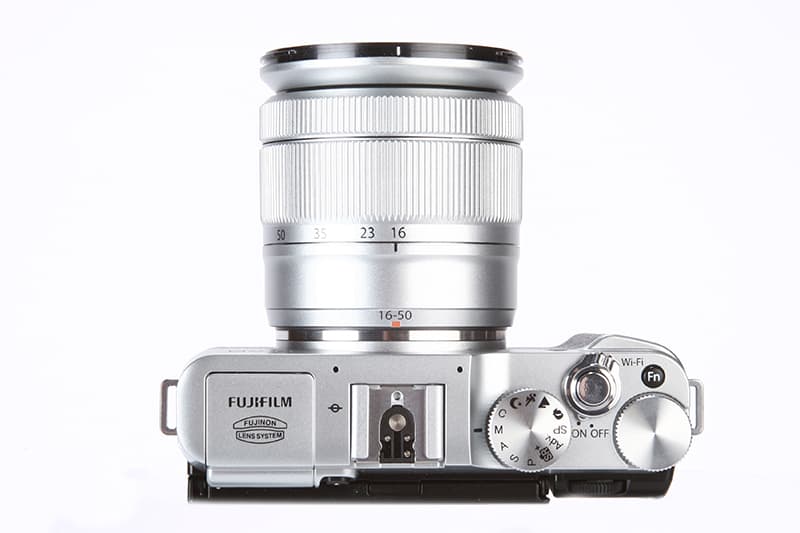
Other similarities between the X-A2 and its predecessor are its 256-zone TTL Multi metering system, built-in pop up flash and +/-2EV exposure compensation control that can be adjusted in 1/3EV steps. The shutter speed range of 30secs-1/4000sec remains unchanged as does the X-A2’s video capabilities – recording movie clips at 30 frames per second in the .MOV format.
In similar fashion to the X-A1, the X-A2 is also Wi-fi equipped, making it possible to share images wirelessly with any iOS or Android mobile device running Fujifilm’s free Camera Application app. Out of the changes that have been made to the X-A2, the new tilt-type screen is likely to be the biggest hit with the camera’s core audience, however of more interest to serious photographers will be the options available in the main menu, particularly Fuji’s unique Film Simulation settings, which accurately mimic the classic tones of Fuji’s Provia, Velvia and Astia colour films, as well as black and white and the new classic chrome mode that imitates the look of Kodachrome.
The X-A2 also offers Dynamic range compensation that allows you to expand the dynamic range in the shadows and highlights before detail begins to clip, whilst in-camera raw conversions are possible too, allowing adjustments to be made to white balance, sharpness, noise reduction as well as highlight and shadow tone before returning home to your computer.
Fujifilm X-A2 Review – Build and Handling
The X-A2 bears a striking resemblance to other models in the Fujifilm line up, specifically the X-Pro 1, X-E2 and X-M1. Designed to appeal to those who’d like their camera to look like a classic rangefinder, it’s hard to fault the classic styling from the front however this style is largely superficial. Unlike Fujifilm’s premium models that are characterised by a magnesium alloy body to offer maximum strength and robustness, the X-A2’s body is entirely made of plastic. The positive to take from this is that it’s light and with the strap attached you’ll barely notice you’re carrying it with you over your shoulder. Though the plastic used in its construction suggests it won’t survive the same kind of rough treatment one could expect to get away with from a camera boasting a metal construction, the fit and finish is to a high standard.
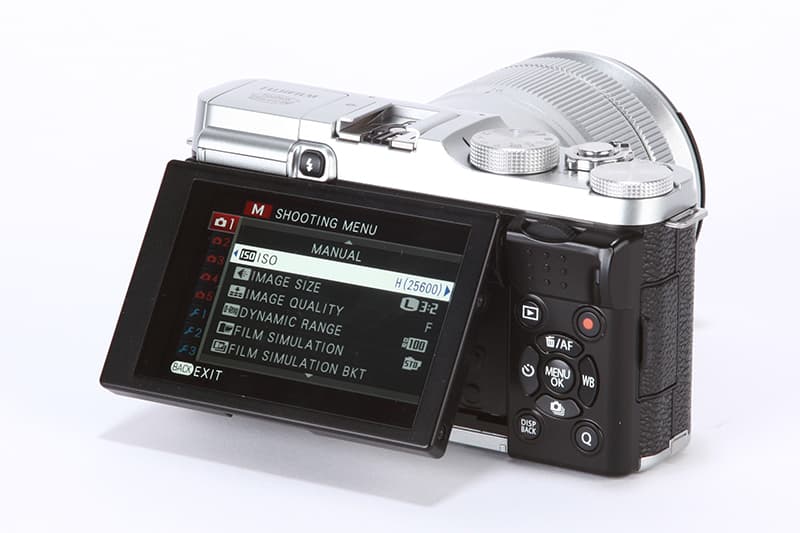
Handling and operating the camera for long periods out in the field identified a few quirks that weren’t initially noticed straight out of the box. In manual mode, shutter speed is controlled using the large round dial on the top plate that operates positively and reassuringly.
Regrettably the same can’t be said for the much smaller recessed wheel located above the thumb rest that’s used to control aperture. Due to its loose feel and rather poor positioning, there were instances when I nudged it inadvertently at the cost of altering the exposure.
Out of manual exposure mode, the top plate dial also controls exposure compensation in shutter and aperture priority modes, but with no indications on the dial itself you’re reliant on the small exposure scale on screen to refer to what it’s set to. The on/off switch, like all of Fujifilm CSC’s, is well placed for quick operation with the index finger, while the most awkward control to get to is the button to raise the flash, which I found easier to access after the screen was pulled out.

On the subject of the screen, it flips by 175° into its selfie position smoothly. Pulling the screen up slightly detects a sensor to invert the displayed image by 180° and also allows the entire display to be viewed when you’re standing behind the lens and the camera is being pointed at you. Although it’s fair to say the articulation mechanism feels positively robust, the screen itself has plastic construction, which matches the body in this respect.
Fujifilm X-A2 Review – Performance
Although the X-A2 can’t quite match the 8fps continuous shooting speed as offered by the Olympus E-PL7, the 5.6fps speed at which it shoots is in keeping with other close rivals that include the Panasonic Lumix GF7 and Sony A5100 that shoot at 5.8fps and 6fps respectively.
Set to Fine JPEG, the X-A2 rattled out a burst of 35 frames before showing any sign of slowing – a figure that dropped to 12 frames when recording Raw&JPEG (Fine). Files were written to the Lexar Professional 2000x 64GB SDXC UHS-II memory card that was used for testing in quick time and the control dial on the corner of the body makes for an excellent way of scrolling through a sequence of shots quickly to pick out the best. Though the performance figures above are impressive for a camera of the X-A2’s pedigree, one thing to watch out for is that both the exposure and the focus are set based on the first frame, meaning it’s not particularly well suited to tracking fast action in variable lighting.
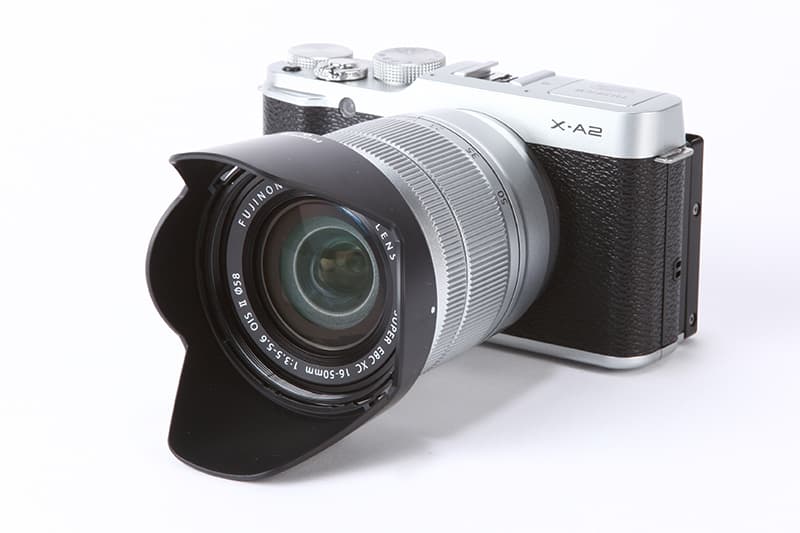
A rather nice touch on the X-A2 is the silent mode – just like a silent mode on a smartphone – allows you to quieten the camera more easily than hunting to find the beep disable function in the menu. In hindsight, this could be made even better by being added to the list of settings that can be assigned to the function key. With silent mode enabled it also locks out use of the X-A2’s bright white autofocus assist beam that can be particularly useful in low-light scenes where there’s not enough contrast for the autofocus system to easily acquire focus.
On the topic of autofocus, the X-A2 has a claimed AF speed of 0.3secs, which on paper and in real-life conditions isn’t as fast as the 0.08sec AF speed as offered by Fujifilm’s latest X-series models. Though by no means sluggish at acquiring focus in high-contrast conditions, it became obvious over prolonged use that the X-A2 doesn’t have quite the same instantaneous lock-on speed as models higher up the range that feature a Hybrid AF system with over 100,000 phase-detect pixels built-in to the surface of the sensor.
There were also a few occasions when I found the camera struggled to acquire focus in low light – a case of the environment being extremely dark and the subject being too far away for the AF assist beam to make a difference. As for the setup and layout of the AF points, it’s not quite as an intuitive to use as a CSC that features a touchscreen, which allows you to pin point the precise position of focus on screen by touch. Having said that the coverage of 49 AF points in a 7×7 grid is fairly broad and the size of the AF point can be set to one of five settings or returned to its default size by depressing the small recessed wheel above the thumb rest.

Out in the field, the exposure metering system demonstrated that it’s capable and reliable. I found myself using exposure compensation only in instances when the exposure conditions were extremely challenging – such as when shooting directly towards the light when the camera had a tendency to underexpose ever so slightly.
The camera’s Wi-fi functionality also works a treat. Although it’s with regret that the Fujifilm camera app doesn’t support remote shooting and the ability to change camera settings on the fly from your smartphone, the process of sending images from camera to phone directly from the playback menu on the camera is effortless and there’s the choice of either sending an automatically resized 3-million-pixel image or the full size image.
Against the stopwatch it took 27 seconds to transfer ten 3-million-pixel images across to our smartphone via Wi-fi, as opposed to 53 seconds to send ten full size images. Images are automatically transferred directly to the smartphone’s camera roll ready for applying further treatment in camera apps such as Instagram or VSCOcam or posting to social media.
Fujifilm X-A2 Review – Image Quality
It won’t be a great surprise to read that the X-A2 puts in an identical image quality performance to the X-A1. Using the same internals as its predecessor is no bad thing however, and when we reviewed the X-A1 last it blew us away with a highly impressive set of results that hasn’t always been the case with the cheapest model in a manufacturer’s range.
Although the X-A2’s 16.3-millon pixel sensor may not be X-Trans or the highest resolution on the market, it’s very capable of capturing the finer details in a scene. Our lab results also revealed an admirable performance from the sensor when it comes to the way it handles image noise.
Between ISO 200 and ISO 800 images are effectively noise-free and it’s only as you push the sensitivity to ISO 3200 and 6400 that noise becomes more recognisable. As is often the case with most cameras, the highest ISO settings (ISO 12800 and 25,600) reveal an obvious drop off in quality and therefore should only be used when there’s no other option to get the shot.
Fujifilm X-A2 Review – Dynamic Range
The X-A2 is no slouch when it comes to the Dynamic Range it offers between its native ISO range of 200-6400. Analysis of our Raw images and applied imaging tests revealed the dynamic range is a very useful 12.6EV at ISO 200 and remains high through to ISO 800, dropping to just 11.7EV at this sensitivity.
Beyond ISO 800 shadow tones become noisier, but a dynamic range of 9.54EV at ISO 3200 is creditable and on par with the readout from the Canon EOS 7D Mark II. After this it drops to 8.7EV at ISO 6400, but again this is an impressive result from the X-E2.
Fujifilm X-A2 Review – Resolution
In JPEG mode at ISO 200, the X-A2 resolves 2600l/ph compared to 2800l/ph when it’s set to Raw. The trend of Raw files resolving more detail than their respective JPEG continues through the ISO range right up to ISO 6400 – the highest setting the camera is capable of shooting uncompressed Raw files at.
Our lab results displayed 2400l/ph at both ISO 3200 and ISO 6400 set to Raw, revealing detail holds up well and doesn’t drop off too dramatically at such high settings. Beyond ISO 6400 the X-A2 records JPEG files up to ISO 25,600 and with fine detail being less impressive at the expanded settings, encouraging users to always shoot in Raw for ultimate quality.
Noise
As to be expected, the X-A2 produces very clean images at its lowest sensitivity setting (ISO 100) and continues to handle noise well throughout its range. At ISO 800 there’s a faint trace of luminance noise visible in shadowed areas at close magnification. Pushing up to ISO 3200 sees the level of noise increase, however it’s of such a fine texture it’s not derogatory to the final image.
The handling of noise at ISO 6400 is also particularly impressive with no trace of chroma noise whatsoever in our Raw files. The in-camera noise reduction that’s automatically applied to JPEGs at ISO 12,800 and 25,600 results in a more waxy appearance so ISO 6400 should be the upper limit at which users will want to push to.
Fujifilm X-A2 Review – Our Verdict
The X-A2, is a relatively minor update on the X-A1 and it’s clear that its launch into the market has come about by the popularity of those shooting selfies and the impact of the selfie culture. Tilting screen aside, it’s a very capable entry-level CSC that reminds us of everything we liked about the original X-A1.
To look at, I’d go as far as saying it’s one of, if not the most attractive entry-level CSC currently available, however to ensure it hits the market at an affordable price, Fujifilm has had to make a few compromises. Though it may appear on first glance to be in the same league as other X-series models, the plastic used in its construction means that it’s not as robust and doesn’t portray the same premium feel in the hand. The absence of a viewfinder was also missed on a few occasions when shooting outdoors in bright sunlight, but this is typically a feature left out on entry-level CSCs to make them more affordable for the audience their out to target.

The functionality of the camera overall is good, catering well for both the novice and more experienced user who’d like to experiment with manual settings and explore the various film simulation modes. Additionally, there’s a growing selection of XF lenses available should you wish to expand your system later down the line, but it should be noted that due to the small size of the body the X-A2 feels better paired with small primes than bigger zooms. Either the 27mm f/2.8 XF or 35mm f/1.4 R Fujinon would make good choices – the latter of which was used to take many of the images that support this review.
As a camera for those making the step up from a basic compact or smartphone, the X-A2 presents an excellent proposition. It delivers superior image quality and the results straight out of the camera are amongst the best we’ve seen from any entry-level CSC. Where it lets itself down slightly in terms of the robustness of its build quality it more than makes up for it in the images it produces.
To summarize then, for the more serious enthusiast photographers out there the X-E2 would be better suited if the budget allows with its excellent viewfinder and superior build quality. For those looking for a model that’s slightly smaller, lighter and less expensive however, the X-A2 is the one to look at.
Fujifilm has successfully added the minor upgrades to make the X-A2 a camera that’s well tailored for those who’d like to take their photography seriously to the next level, not forgetting the importance and consciousness of style. It’s a splendid entry-level CSC that not only represents excellent value for money, it’ll leave those who buy it very satisfied by their decision.






